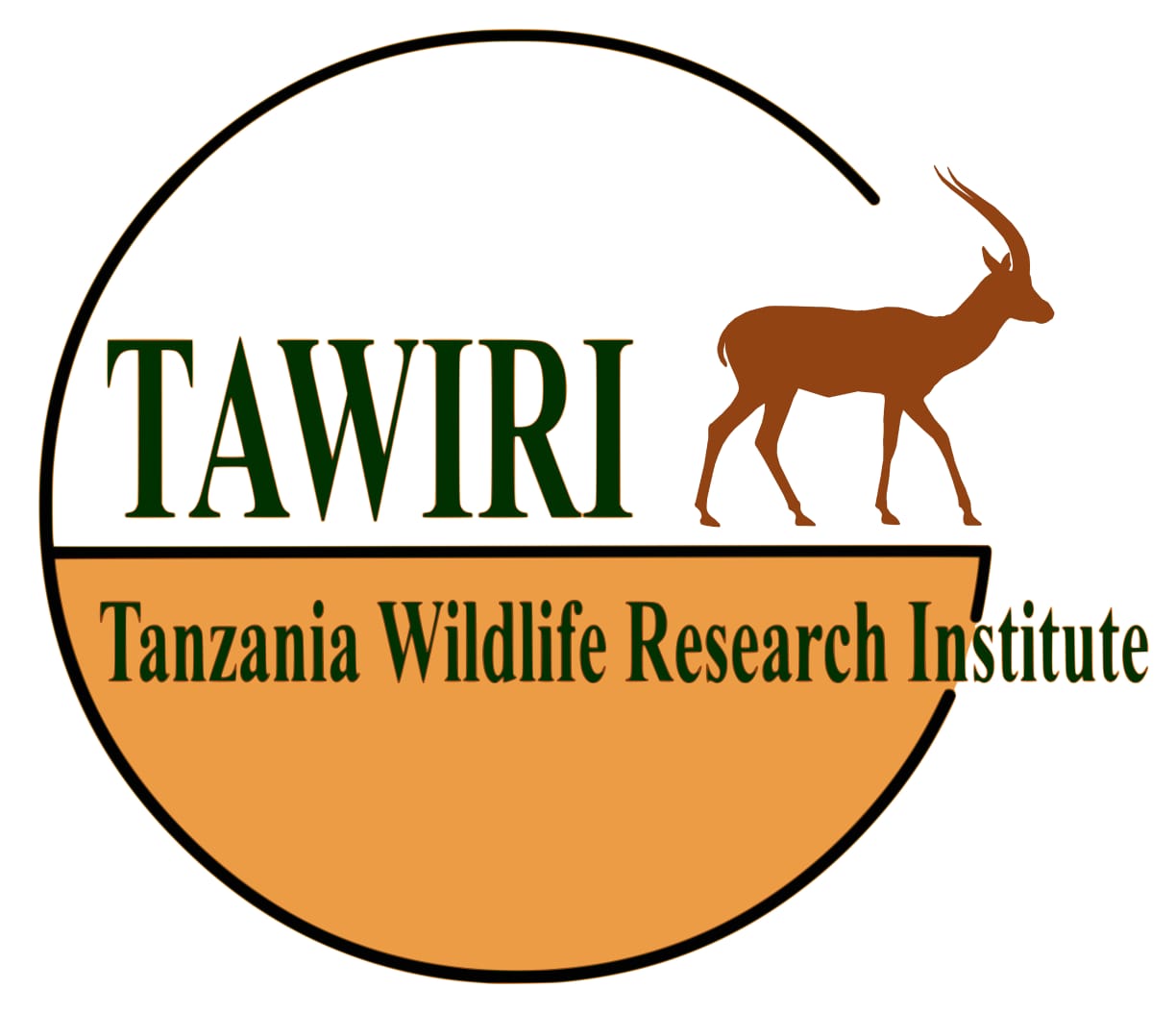Introduction
The term 'Eastern Arc' is used to refer to the forest-covered, ancient crystalline mountains of
eastern Tanzania and southeast Kenya that are influenced by the Indian Ocean climatic regime
and so have predictable local climates (Bjørndalen, 1992). All significant evaluations of global
biological priority have recognized the region. White (1983) recognized the 'Eastern Arc
Mountains; as a component of the Afromontane archipelago-like regional center of endemism
beginning in the 1970s.The mountains harbor at least
1,500 plant species found nowhere else, as well as unique mammals, birds, reptiles and
amphibians, where there are 333 globally threatened species (CEPF, 2009).
Sokoke scops owl (Otus ireneae) is a small nocturnal bird species, endemic to the coastal forests
of East Africa and only found in the Arabuko Sokoke forest reserve in Kenya and the Usambara
Mountains in Tanzania. Known for its monogamous breeding behavior, it forms lifelong pairs
and occupies tree cavities for nesting. It is listed as an endangered species by the IUCN.
Understanding the breeding biology and nesting behaviors of this species is essential for their
conservation, given their limited range and vulnerable status. On the other hand, the Usambara
eagle owl (Ketupa poensis vosseleri), a larger and more elusive species, is endemic to Tanzania
in the Usambara Mountains. Recent discoveries have suggested the presence of a few isolated
populations in the Nguru and Udzungwa mountains (Tanzania), along the Eastern Arc
Mountains. This owl exhibits territorial and secretive nesting behavior thus, documenting the
breeding biology and nesting habits of this owl is crucial for preserving its unique ecosystem and
ensuring its survival.
Problem Statment
The Sokoke scops owl and Usambara eagle owl face a great challenge of habitat loss that could
threaten their existence. The two species prefer natural forests that are less disturbed by human
activities, but human encroachment and logging pose a major threat to their suitable habitats.
They also face a problem of bad cultural beliefs that are associated with superstitions, where
people associate owls with bad omen or death. Communities that perceive higher negative
interactions with particular species of wildlife want a reduction in their populations. This project
seeks to enhance scientific knowledge and collaborate with local communities to facilitate the
long-term conservation of owl species.

 Nwris
Nwris